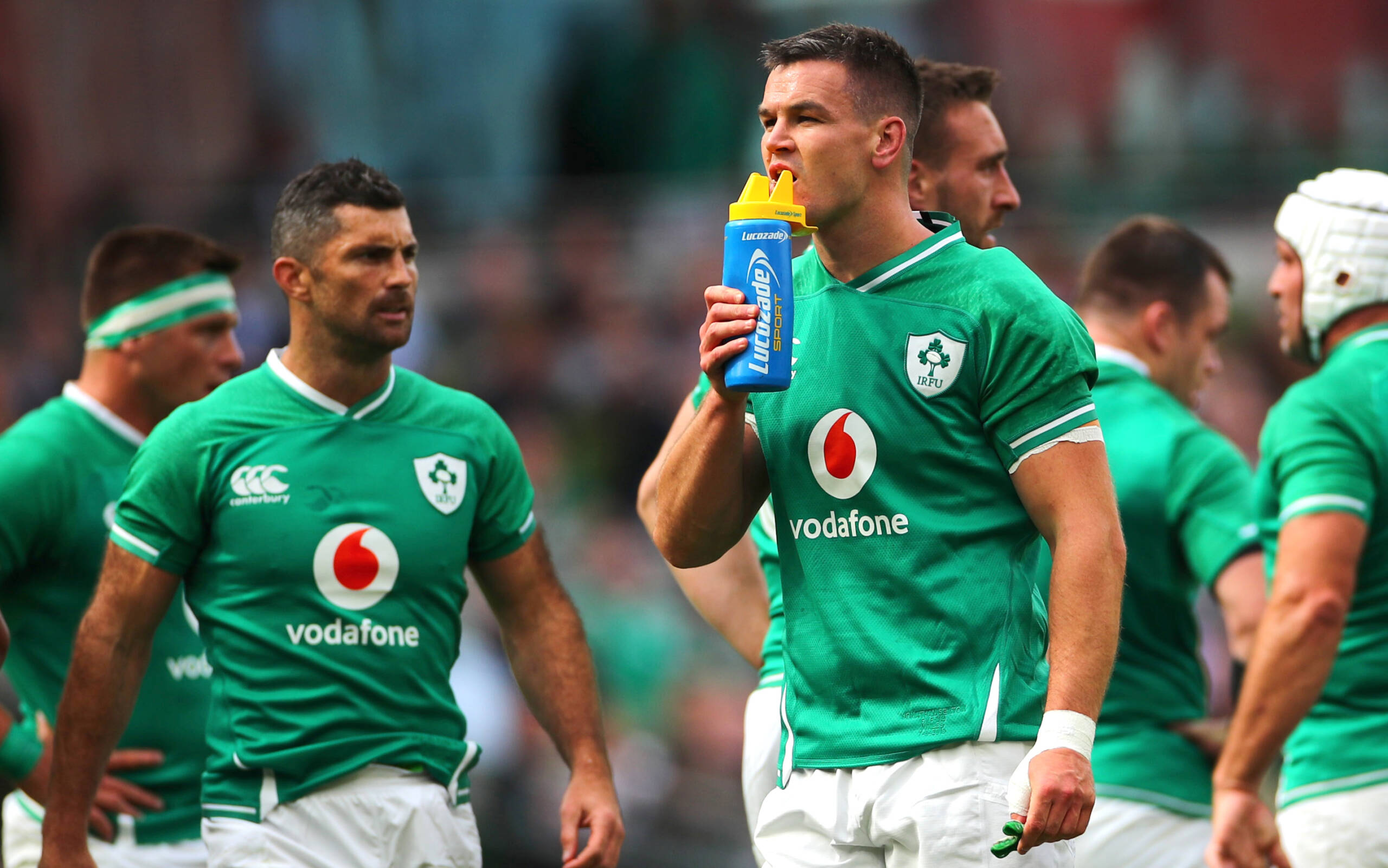After each rugby match, in addition to the achievements and results you achieve, what you need to keep in mind is the impact or injury on your body. When playing, collision between players is inevitable. Regardless of the extent of the impact, you will have lingering aches and pains. Do not ignore the article Top 10 Best Ways Rugby Recovery because it will provide methods to recover the body after playing rugby.
1. Cryotherapy
Cryotherapy involves lowering the temperature in the tissues, reducing metabolic rate, inflammation, and blood flow. It has been used to reduce swelling and as a pain-relieving treatment. You can do this at home by applying ice, massaging with ice, ethyl chloride, or soaking in cold water.
This is also the first method in the Top 10 Best Ways Rugby Recovery. It’s important to talk to your doctor about taking an ice bath and only do it after your body has cooled down from exercise. It is said that an ice bath helps combat any small tears in your muscle fibers and eases the resulting muscle soreness that can occur after an intense game of rugby.
2. Massage

Massage helps improve circulation and lessen the effects of post-workout soreness. This is also a common method used in everyday life. The massage will help the muscles relax and stay flexible. It is not wrong to say that massage is also a great pain reliever. In addition to being good for blood flow, massage is also good for flushing lactic acid from your muscles.
Athletes use massage to prepare for exercise and speed up recovery from training or competition. It also allows you to reduce inflammation and pain by up to 30% effectively. Although some studies vary on the outcomes of injury recovery, many believe its greatest benefit is on one’s mental health as it helps one relax and rejuvenate the body.
3. Compression
Compression is the next method that Top 10 Best Ways Rugby Recovery suggests for you. Think of compression as a massage with heat. When used to recover from a rugby match, it helps increase blood flow and oxygen levels, helping you feel less fatigued. After a workout, it helps promote faster healing and reduces the risk of soreness.
External pressure will reduce the amount of fluid flowing out of the muscle capillaries, minimizing bleeding and hematoma formation. This method is also quite popular now as most pharmacies and drug store chains now have compression devices.
4. Stretching
Stretching is a technique used to reduce the risk of injury and increase the range of motion around a joint. Although there is still some discussion around the effects of stretching before a workout, experts agree that stretching after a workout is important for reducing symptoms of injury. muscle after sports competition. A journal of athletic training found that muscle pain was reduced by 2% from stretching for 72 hours after a workout.
5. Nutrition Intake

The immediate rehydration and refueling allow the body to recover nutrients, especially glycogen, which is what muscles lose during exercise. Providing reasonable and timely nutrition is an important factor in the Top 10 Best Ways Rugby Recovery. A sharp drop in glycogen can cause symptoms of fatigue and low endurance during exercise.
You can recover more easily when fueling yourself with a good mix of carbohydrates and protein after a game to instantly restore lost glycogen in your muscles. Sports and nutritionist Elena Davis recommends foods to consume within 30 minutes of a game:
– Peanut butter and banana sandwich with whole wheat bread. Fat-free chocolate milk (use plain chocolate if possible)
– Fruit mix made from banana, strawberry, mango, juice, and fat-free yogurt.
– Beans and brown rice. Sports drinks contain carbohydrates and proteins.
– Cereal with fat-free yogurt.
– Turkey and cheese served with wholemeal bread.
– Peanut butter on crackers.
– A granola bar and a glass of fat-free milk.
– Pasta with lean meat spaghetti sauce (Whole wheat or rice noodles).
– Crackers and yogurt.
– Peanut butter and sliced apple.
6. Sleep

Sleep is a very important factor in the body’s recovery process after rugby. It allows the brain to rest and the body to recover. When you are sleeping, your body’s energy can be used to repair your muscles through the increased production of growth hormones. A good night’s sleep is a top priority after an intense game.
Research has shown that athletes need at least seven to nine hours of sleep. It improves metabolism, nourishes the skin, strengthens the skeletal system, and blood circulation, and repairs brain cells. You can take pre-match naps to improve alertness, mood, cognition, and bodily function.
7. Active Recovery
Active recovery will help relieve pain and muscle stiffness after a football game. Professional athletes achieve this through their warm-up exercises before each match. You can actively recover through low-intensity exercise like running and cycling, as long as it doesn’t cause fatigue.
Swimming is a great active recovery exercise you can do. Cycling is another restorative idea, too. In the days after the game when you return to the gym, be sure to lift only at 85%* of your normal weight. Focus on your lifting speed and focus on adding more weight. Top 10 Best Ways Rugby Recovery wants you to note this.
8. Hydration

Water is an essential part of life. After the game, you should replenish your body with water immediately. I know quite a few rugby players who like to go for a beer right after a game, but I advise against doing so as alcohol will dehydrate more and interfere with a good night’s sleep. Alcohol extends your recovery time and the faster you recover, the better player you can become during the rugby season.
If you are playing rugby for 50 minutes or more or in temperatures above 72 degrees or in a humid climate where you sweat a lot, after the game you should stay hydrated with fluids containing potassium and sodium. Many athletes prefer Pedialyte for this reason.
9. Relaxation
Another way to recover from an intense game of rugby is to rest properly. Activities that help reduce stress and lower cortisol levels speed up physical and mental recovery. If you want to stay active while relaxing, yoga is a great addition to post-match recovery as it improves metabolism, and flexibility, and prevents injury. Meditation and or gentle yoga are a great addition to your post-match recovery plan.
Anything that alleviates stress and lowers cortisol levels will help speed up your recovery, both physically and mentally. Using meditation to visualize your success on the pitch for your next game is also a great way to prepare your mind while your body recovers.
10. Foam Rolling
Foam rolling is considered an interesting technique for injury recovery after a rugby match. This is also the last method in the Top 10 Best Ways Rugby Recovery. Self-release technique to relieve pain and improve range of motion. This is a great tool for post-competition muscle pain or injury relief.
Hopefully, the article Top 10 Best Ways Rugby Recovery will provide useful information for you.
Thanks for reading!

